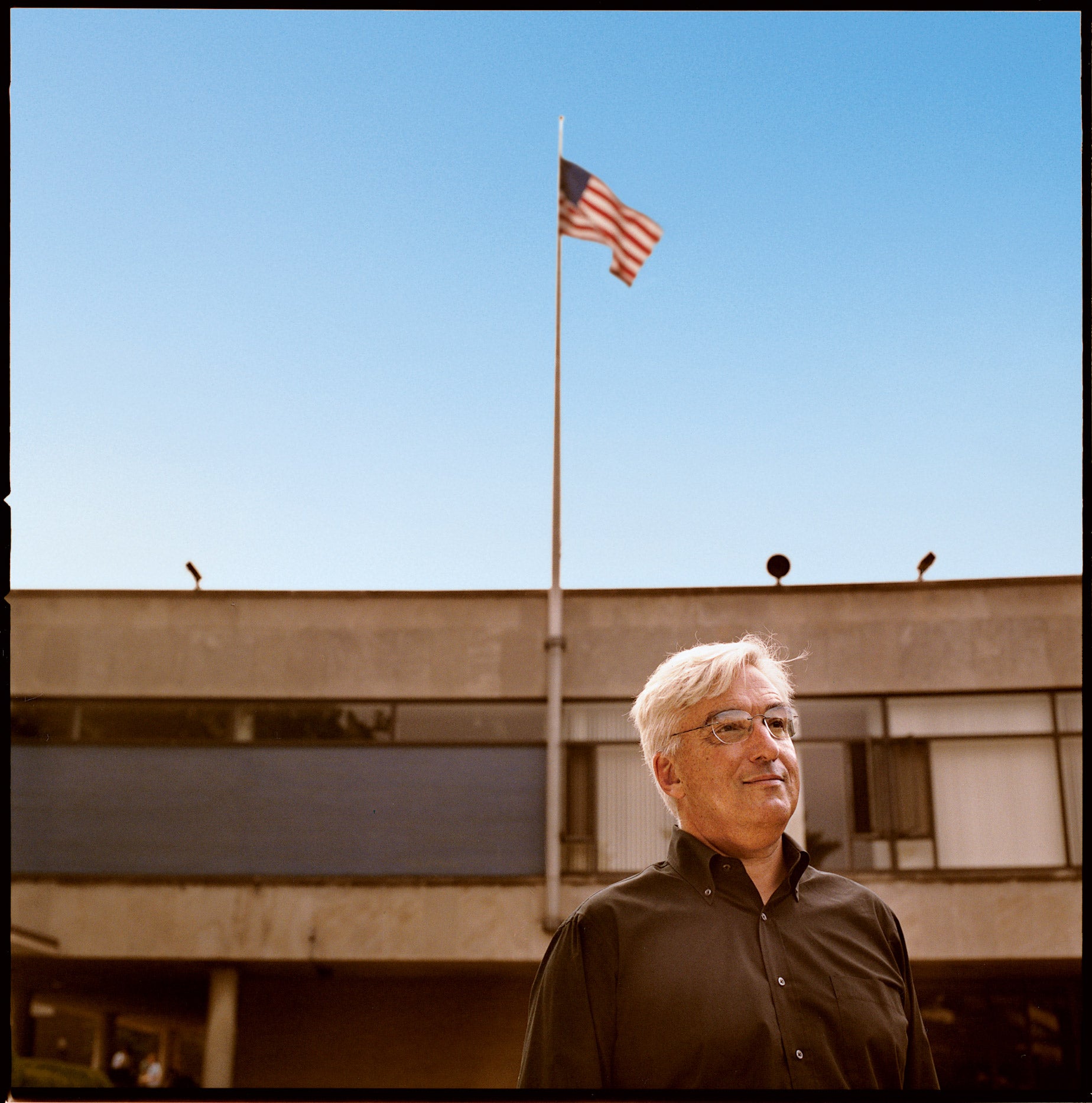Because of two 5-4 Supreme Court decisions, physical desecration of the American flag is legal. Professor Richard Parker ‘ 70 supports a constitutional amendment that would change that.
To that end, he testified before the House Judiciary Committee last year, his fifth such congressional appearance, in support of the Flag Protection Amendment, which would permit Congress to prohibit physical desecration of the flag. This cause ties into his interest in populist constitutionalism and supports his vision of the flag as a unifying, empowering symbol in a democracy.
Some question whether the proposed amendment would merely address an infrequent act of a marginalized few. Parker believes that flag desecration has been underreported in the press but says that to focus on the numbers is to miss the point: “It’s less the number of flags that have been physically desecrated. It’s less a matter of punishing people who have desecrated. It’s far more importantly an issue of principle, of values.” Interpretation of the Constitution, the constitutional law professor believes, ultimately should (and does tend to) conform to the values of the majority. Polls show that the overwhelming majority of Americans support this amendment. The Supreme Court decisions, he says, take us away from those values.
In 1989, the Court struck down a Texas law prohibiting flag burning. After Congress responded with the federal Flag Protection Act, the Court ruled that legislation unconstitutional.
Because the Court found that outlawing flag burning was forbidden by the First Amendment, many who oppose the current amendment worry that it would contribute to the erosion of the Constitution. But it was the five justices who changed the interpretation of the First Amendment with their ruling, Parker says. “People often talk about Supreme Court decisions as if they were discovering perennial truths in the Constitution, but of course in law schools we know that isn’t true,” he said.
Others believe that such an amendment would squelch unpopular opinions and discriminate among competing points of view. But Parker testified that such arguments involve a misunderstanding of the nature of the American flag: “Our flag does not stand for one point of view. . . . Instead, it stands for an aspiration to national community despite–and transcending–our differences and our diversity.” As long as it remains a powerful symbol, it can buttress minority and dissenting viewpoints, he says. Although the American flag was burned by Vietnam War protesters, it was also prominently displayed by civil rights marchers.
Parker dismisses arguments that the Flag Protection Amendment would unleash a tsunami of legislation undermining the Constitution. In his testimony, he pointed to some 11,000 amendments proposed, with only 27 ratified. He also believes that the amendment process itself, through Article V of the Constitution, is vital to maintaining the legitimacy of our system.
Although the amendment passed in the House last spring, as it did the four other times it was raised, it has yet to be brought up again in the Senate, where it has always fallen short of the necessary two-thirds majority.
Most congressional support for the proposed amendment has been from Republicans, although most recently it received 86 Democratic votes in the House. But Parker, who is a Democrat, believes it shouldn’t be a partisan issue. For him, it’s a question of affirming the value of public patriotism–which he sees as essential to a democracy–and of protecting its symbol for all Americans.
